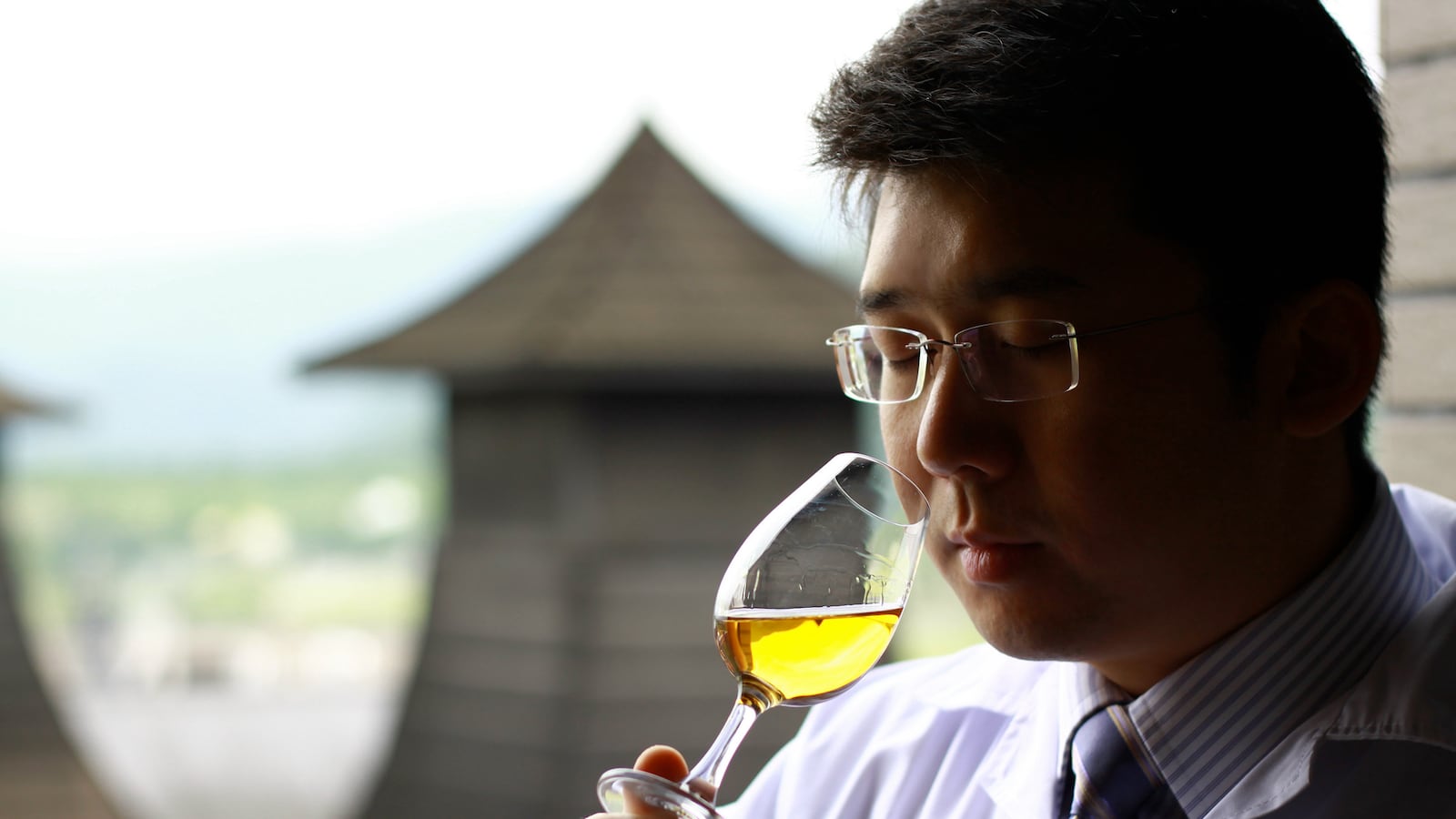The term “single malt” is usually immediately and reflexively followed by “Scotch.”
There’s a good reason for that. Scots have been making whisky from malted barley for centuries, while Americans and Canadians traditionally use corn and rye. Even in nearby Ireland—which most likely distilled whiskey first—the biggest-selling brands start with a blend of grains.
Sure, there were a select few other single malt whiskies (spirits made from only malted barley, sourced from a single distillery) on the market produced in Ireland (Bushmills) and Japan (Yamazaki, Hakushu and a few others), but the lion’s share of these spirits normally hail from Scotland.
Things are changing. There are a growing number of small American distilleries putting out single malts, beginning with St. George Spirits (Alameda, California) and McCarthy’s (Portland, Oregon). But the style of whiskey is also spreading around the world, in places that just might surprise you.

For starters, there are several new single malt distilleries just over the border from Scotland. Don’t roll your eyes: A real English whisky tradition exists, but the last distillery closed more than 120 years ago. The English Whisky Company, advised by retired Laphroaig master distiller Iain Henderson, is trying to revive the industry and began business in 2006. Other distillers, such as Cotswolds and Lakes, have followed. Penderyn, in Wales, is even older (founded in 2000) and exports to the U.S.
France isn’t far from Scotland and you’ll find several malts there, too. Brittany’s strong Celtic cultural ties may have led to whiskey distilling getting a footing in the area. The Warenghem Distillery makes its richly flavored Armorik malt whisky near the coast, in Lannion. And no one would blame you for thinking that Glann ar Mor is located somewhere in the Highlands, but it’s actually in Côtes-d’Armor and its name means “at the sea’s edge” in Breton. At this point, however, Americans are most likely to find a bottle of Brenne, a single malt distilled in the Cognac region, on store shelves.
Scandinavia is also a hotbed of whiskey distilling. Sweden’s Mackmyra got an early lead and is releasing a credible malt in large quantities. Countrymate Box is making whisky from antique strains of malt and aging it in a range of different barrels, including Hungarian oak.
Then there’s Teerenpeli in Finland and several distilleries popping up in Denmark as well. Iceland’s Eimverk has Flóki, which is not yet 3 years old, but is produced with an interesting hybrid distillation that incorporates elements from Scotch and bourbon traditions.
R. Jelinek, the historic Czech slivovitz distiller, also has a 12-year-old malt called Gold Cock (yes, that’s actually its name), and Broger, in nearby Austria, has a blazingly peaty whiskey called Burn Out. There are other very small malt whiskey makers scattered across Belgium, Switzerland, Germany, and Liechtenstein.
South Africa has a strong drinking culture left over from British colonial days, and the James Sedgewick distillery sells a very Scotch-like set of whiskies. An interesting grain whisky called Bain’s Cape Mountain complements the brand’s Three Ships Single Malt.
Then we come to the surprising Big Three: Australia, India, and Taiwan. This triumvirate is making some of the best single malt whiskey outside of the traditional distilling regions.
Australian Bill Lark started his distillery in Tasmania in 1992. While other distilleries have opened, his Lark Whiskey is still the benchmark, especially the releases aged in Australian port barrels.

India’s Amrut Distillery created a sensation when its 3-year-old whisky arrived in American liquor stores. It wowed drinkers with its maturity, which is quite a feat given that the country’s hot climate aged the whiskey incredibly quickly and caused quite a bit of it to evaporate as it aged. Amrut hired Jim Swan, the world’s foremost expert on wood aging of whiskey, to solve the issues and he did an excellent job. India’s Paul John whisky is similarly precocious; samples just arrived here this week (including a pleasantly peaty one) in advance of its U.S. launch and they are quite good, mature beyond their years.
But I saved the most impressive for last: Taiwan’s Kavalan has made an incredible world debut. Master blender Ian Chang, assisted by Swan, has created some fantastic malts in a brand-new huge distillery in a relatively rural area of northeastern Taiwan. Quick tropical aging has been adapted to traditional wood techniques, producing excellent malts that are well worth the money and time to find them. My favorite is the Solist Ex Bourbon Cask, with its balanced notes of spice and vanilla.
Clearly, there are many new single malt whiskies from around the world, but are they sufficiently different from their Scottish inspiration to be notable? Some, like Kavalan, succeed based solely on sheer excellence. But others are still finding their way, looking for that unique twist or distinct regional character.

Japan’s distillers have created a purity and subtlety that sets their malts apart; they have also pioneered the use of non-traditional oak. Bill Lark’s embrace of local malt has promise, and Box’s wood experiments will be interesting to watch.
But that’s really the whole point. At no other time in the past century could you taste whiskies that were developing this much from year to year. It’s exciting to witness and savor the changes and to see how a whole new whiskey region develops. Get on board and enjoy the journey!





